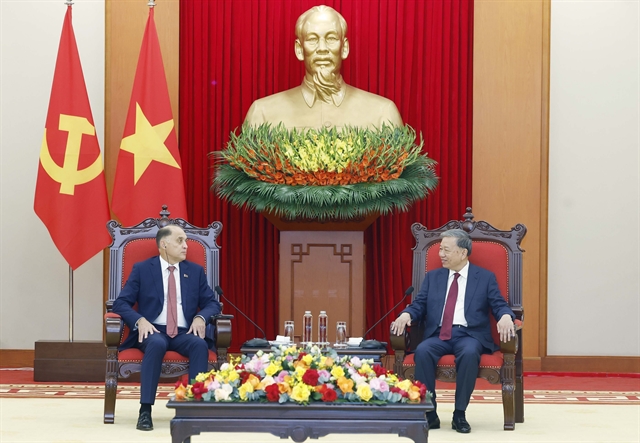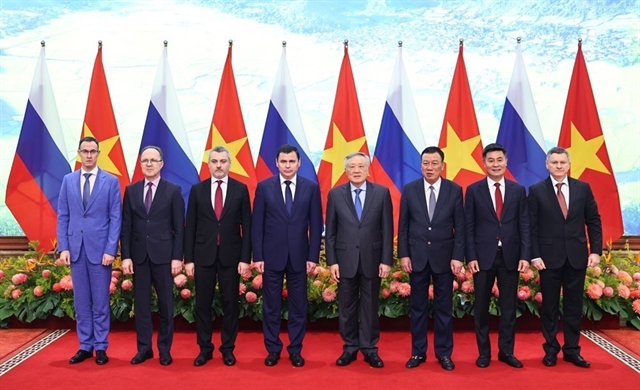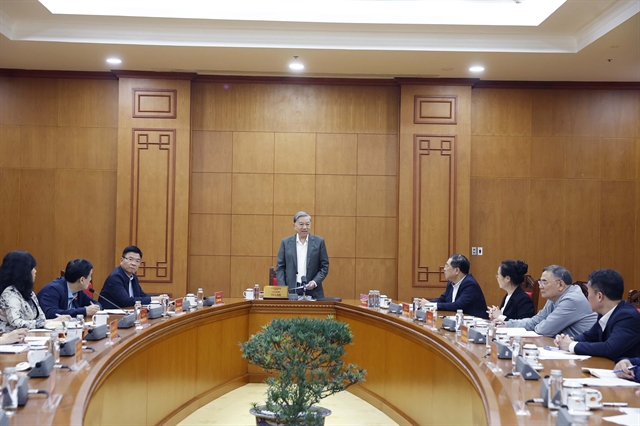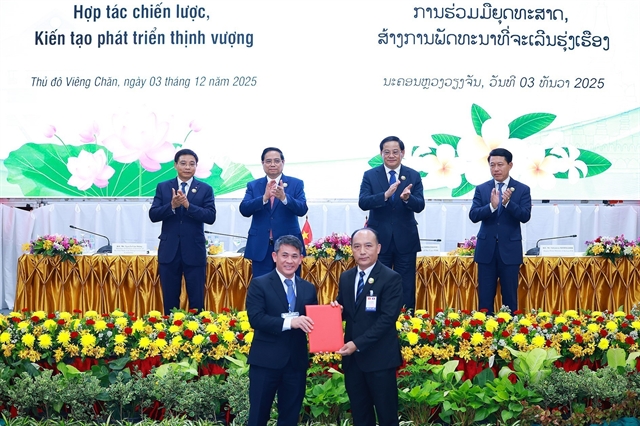 Economy
Economy
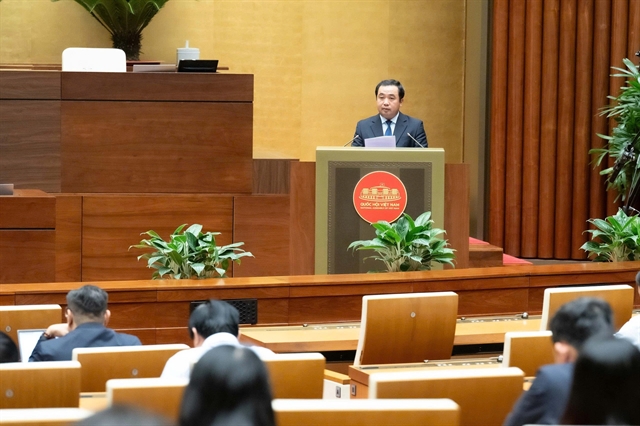
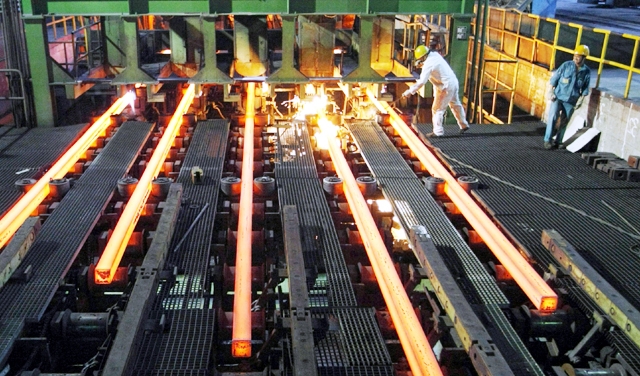
|
| The domestic steel demand was predicted to increase around 3-5 per cent this year, driven by the development of large-scale infrastructure projects and the recovery of the property market. — Photo doanhnghiephoinhap.vn |
HÀ NỘI — The steel industry should diversify its export markets and products to reduce dependence on a single market and minimise the risks of high import tariffs as trade defence investigations targeting the industry increase, experts have said.
According to the Việt Nam Steel Association, the steel industry faced 62 trade defence lawsuits from 2004 to 2020, more than half of which were anti-dumping cases.
Recently, five countries launched anti-dumping investigations into several steel products from Việt Nam.
Lê Triệu Dũng, Director of the Trade Remedies Authority of Việt Nam under the Ministry of Industry and Trade, said the number of trade defence investigation cases on Việt Nam’s export products had increased in recent years.
So far, Vietnamese export products have faced 203 cases of trade defence investigations, nearly 40 per cent of them related to steel products.
Dũng said steel products faced more trade defence lawsuits as many countries were aiming to develop their domestic steel industries. Steel is an input for many industries, so import tariffs on steel products can protect domestic production.
China is the world’s largest steel producer and its products have been subject to a number of trade defence cases. As several Vietnamese steel products are of the same types as China’s and the domestic industry is heavily dependent on imported raw materials, there was a high possibility that countries would pay more attention to investigating Việt Nam’s products for tax evasion, he warned.
“Việt Nam regularly faces investigations together with other countries like China and India which are major steel exporters,” Dũng said.
Another risk factor is that Vietnamese steel prices are quite competitive and the country’s steel exports have expanded every year recently.
Việt Nam’s export products faced a lot of difficulties due to the increasing application of trade remedies and stricter regulations abroad, he said.
Vietnamese steel producers have also had to tackle increasing raw material prices, with iron ore prices more than doubling in 2020 and becoming the commodity with the strongest increase in price in the world for the second consecutive year.
Iron ore accounts for about 30-35 per cent of the steel production cost.
A representative from Đại Thiên Lộc Joint Stock Company said raw material prices had increased rapidly recently. For example, hot-rolled steel increased from US$360 per tonne to $830 per tonne for shipment in May.
According to Dũng, facing more trade defence investigations is unavoidable amid international integration.
It was important to raise the awareness of firms about trade defence instruments and measures to cope with investigations, he said.
The Ministry of Industry and Trade also developed an early warning system to provide updates and warnings to enterprises, he said.
Diversifying export markets and products was a vital solution to reduce the dependence on a single market and minimise the risks of high import tariffs, Dũng added.
He said the ministry would keep working with agencies and associations to help Vietnamese firms respond to trade defence lawsuits and protect the rights of domestic producers.
According to BIDV Securities Company, the Comprehensive and Progressive Trans-Pacific Partnership (CPTPP) and European Union – Việt Nam Free Trade Agreement (EVFTA) are providing significant opportunities for Việt Nam to expand export markets as well as import raw materials.
The domestic steel demand has been forecast to increase by around 3-5 per cent this year, driven by the development of large-scale infrastructure projects such as the North-South Expressway, Trung Lương – Mỹ Thuận – Cần Thơ Highway, Long Thành International Airport and the recovery of the property market.
The ministry’s statistics showed Việt Nam’s steel export was worth $1.826 billion in the first quarter of this year, a strong rise of 65.2 per cent against the same period last year.
Steel exports totalled nearly 8 million tonnes, worth $4.19 billion last year. — VNS

